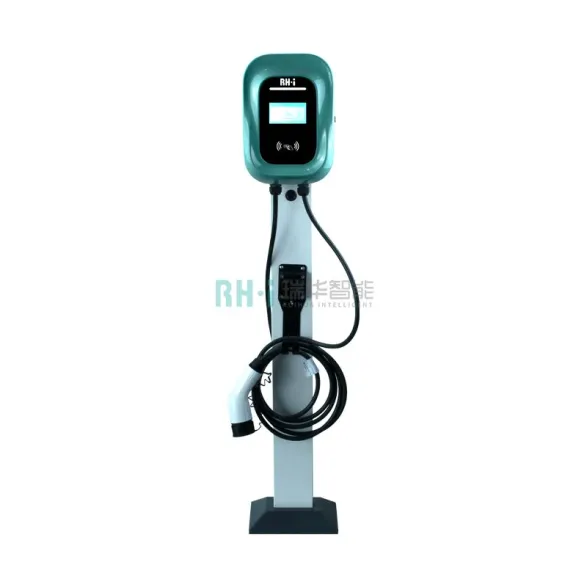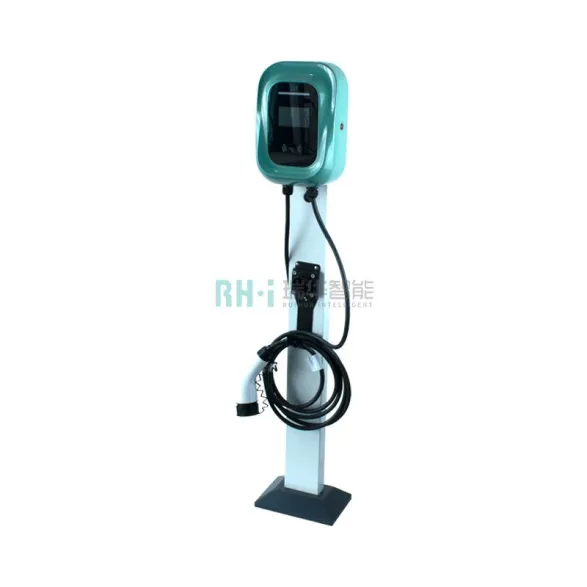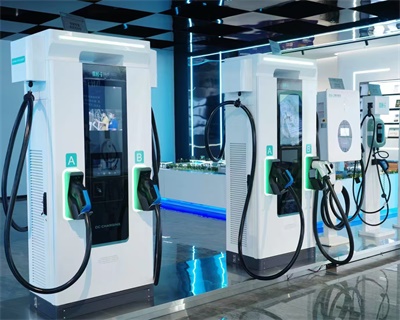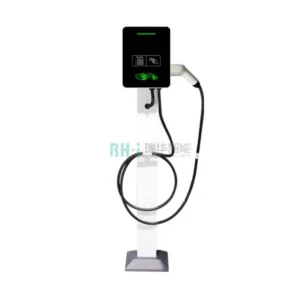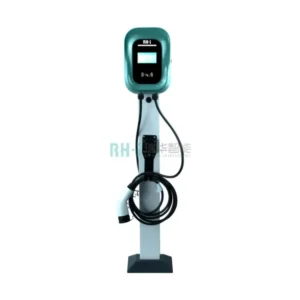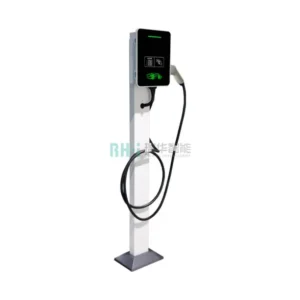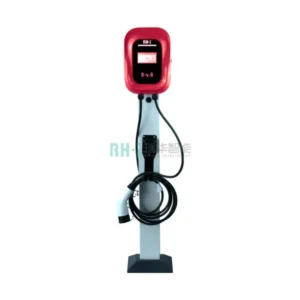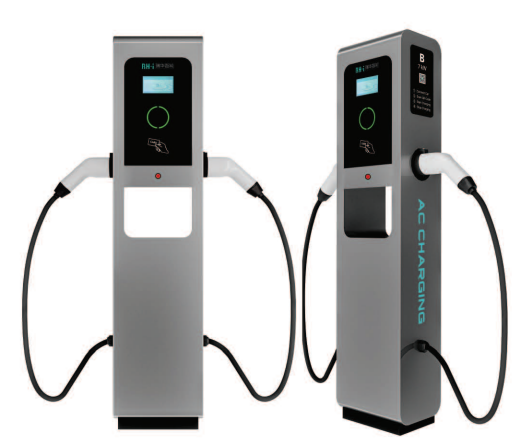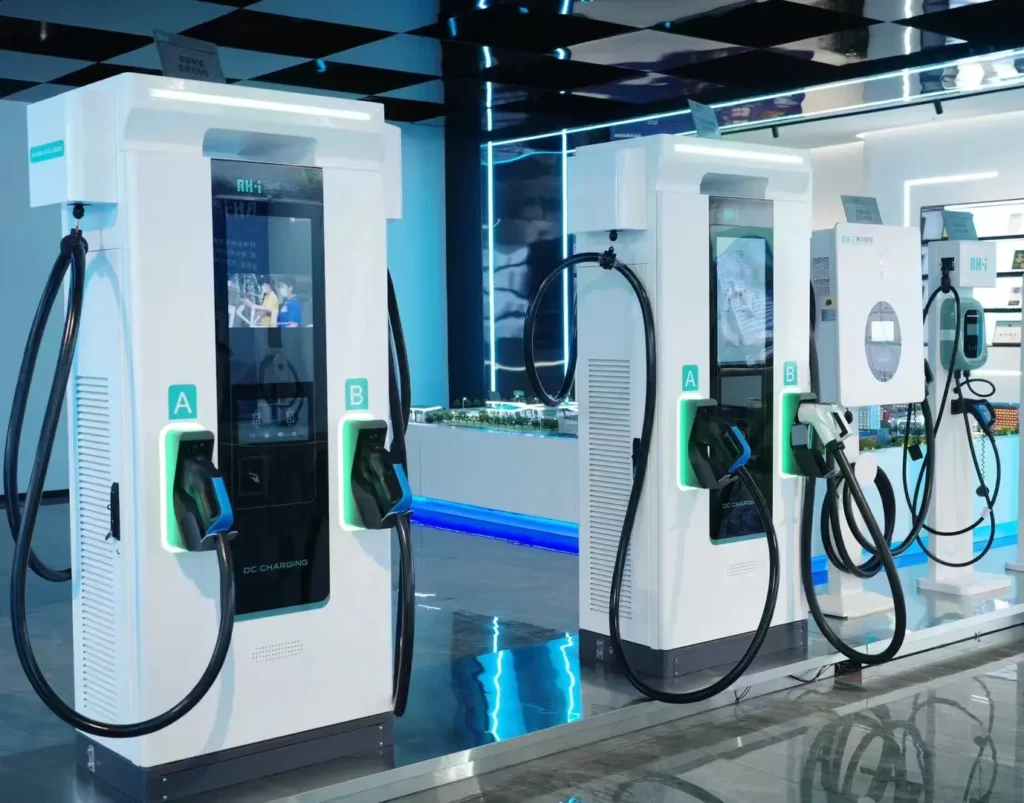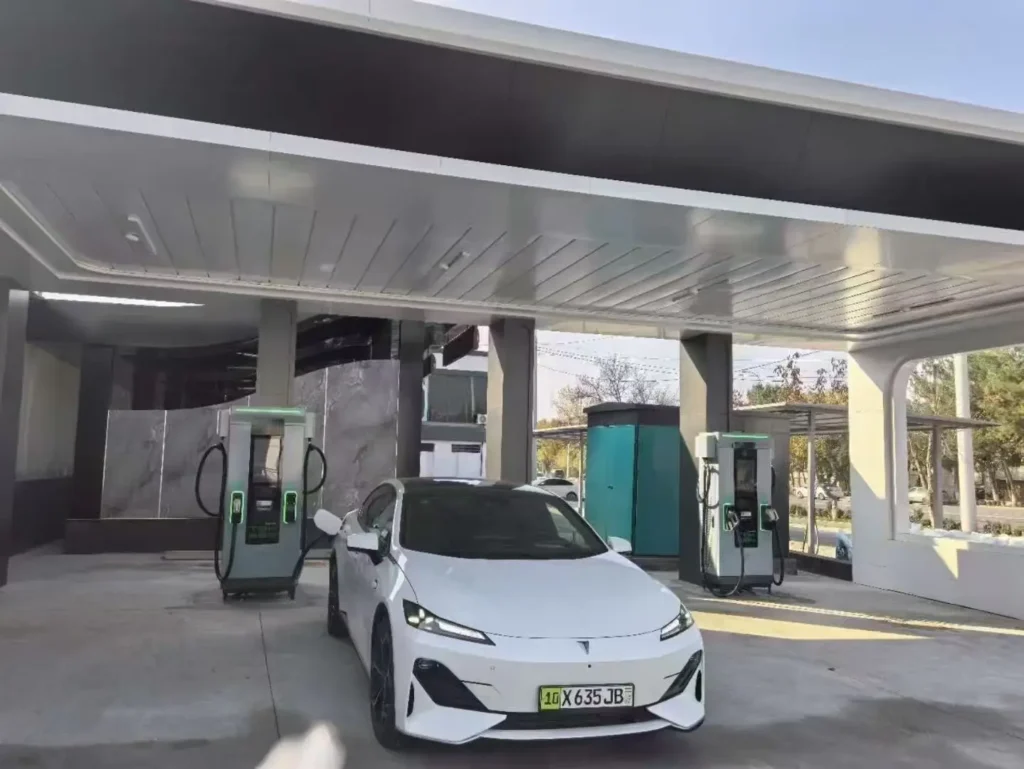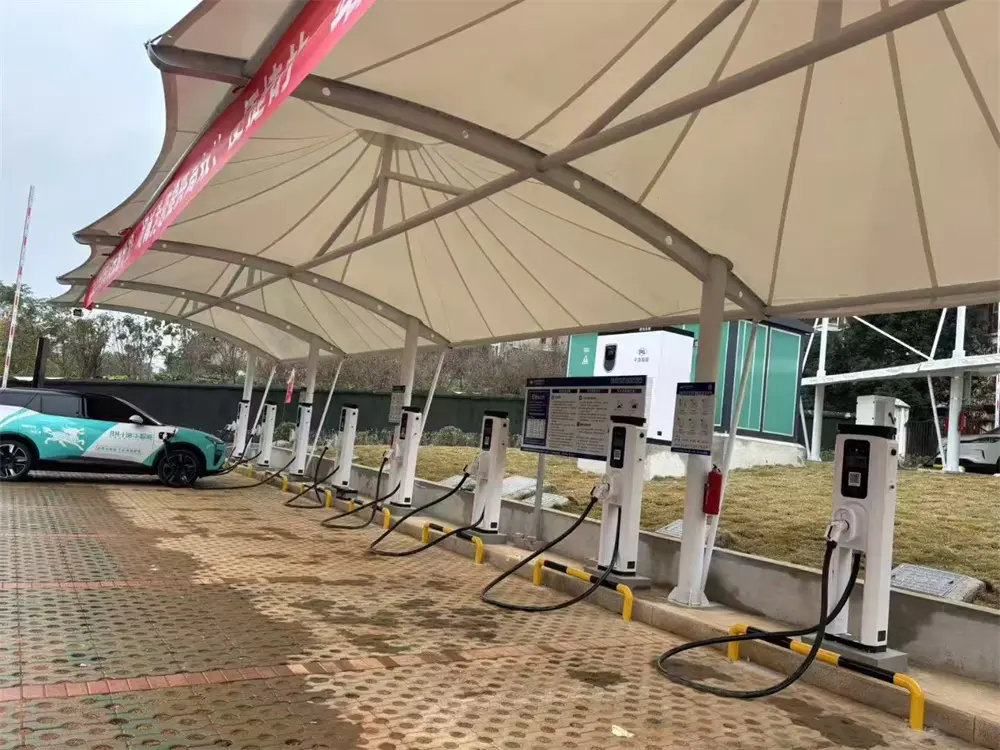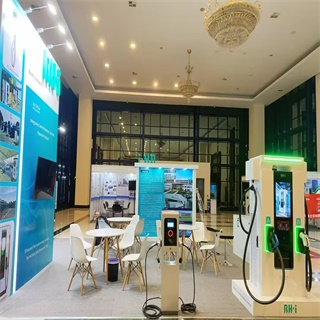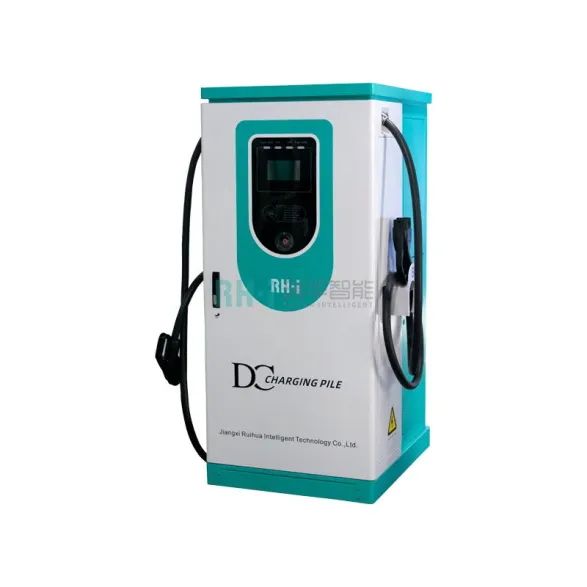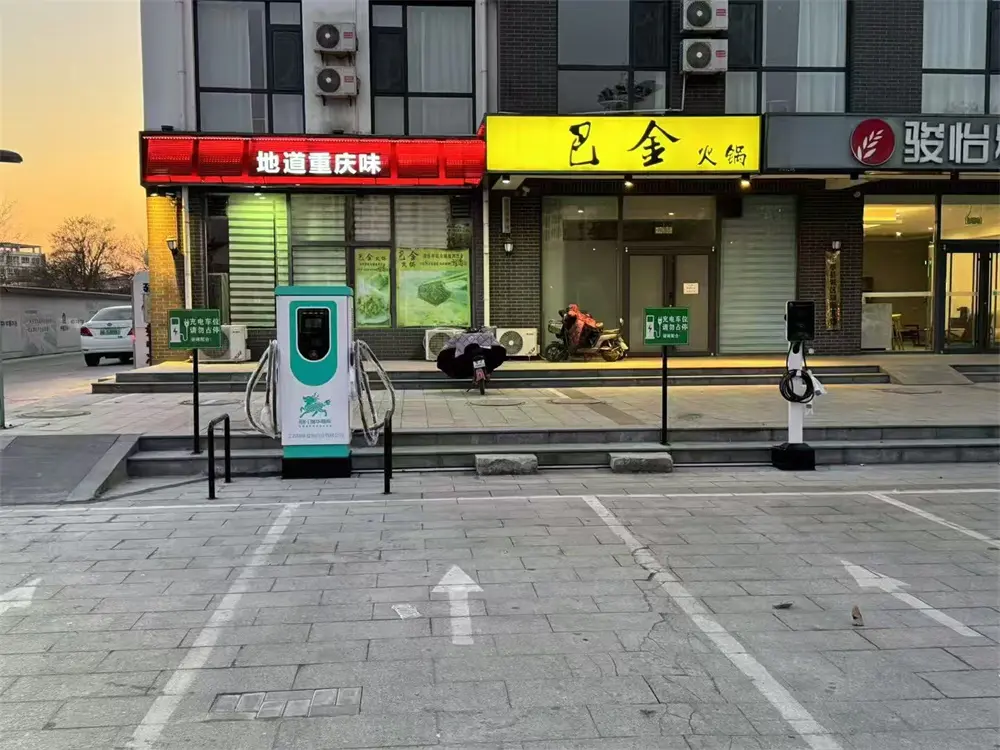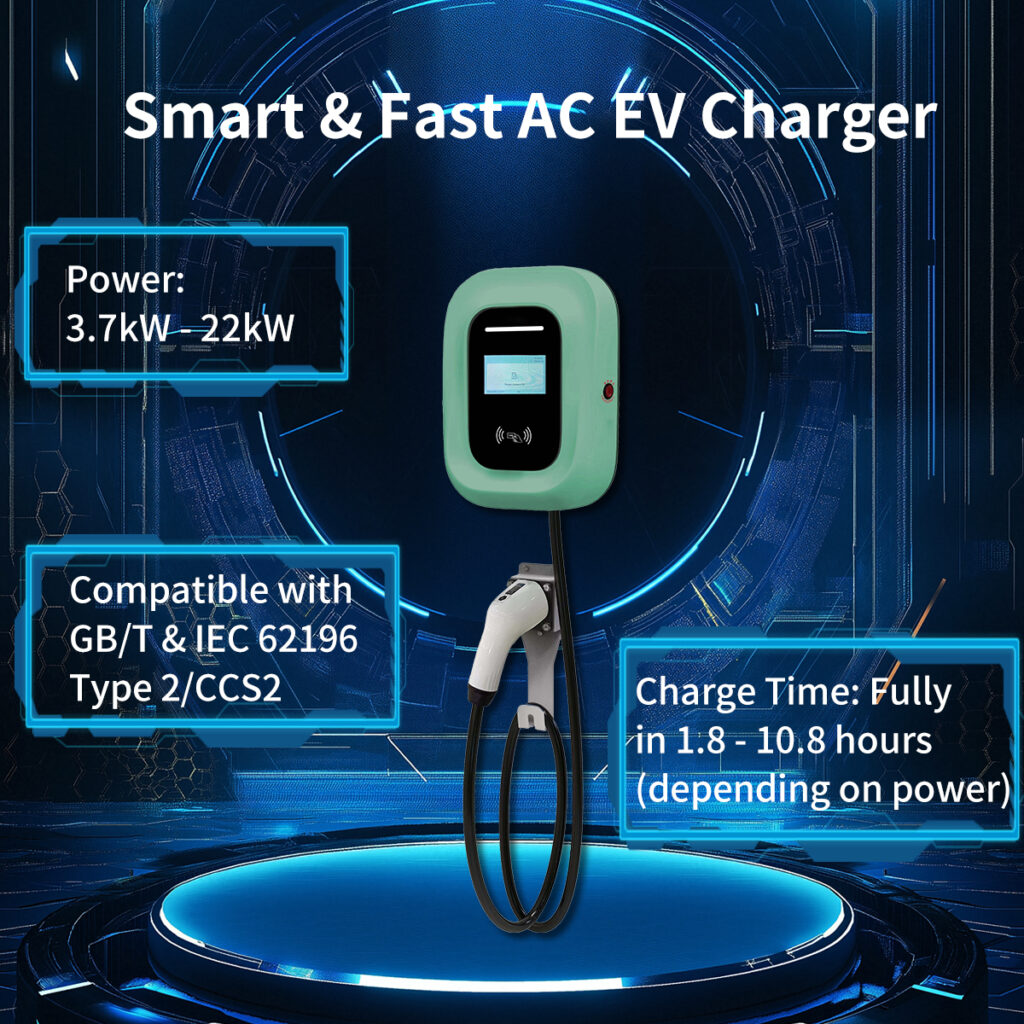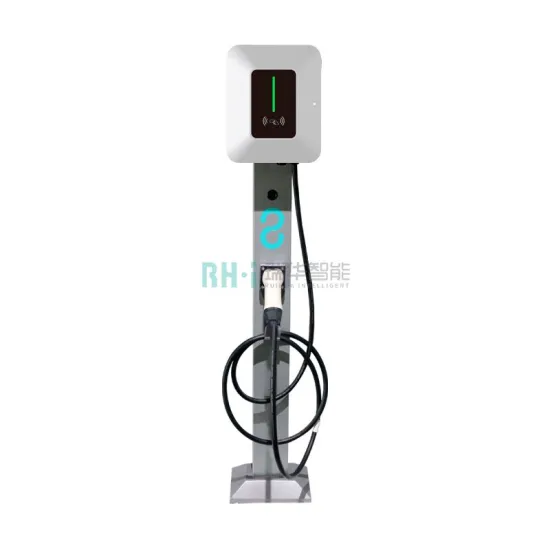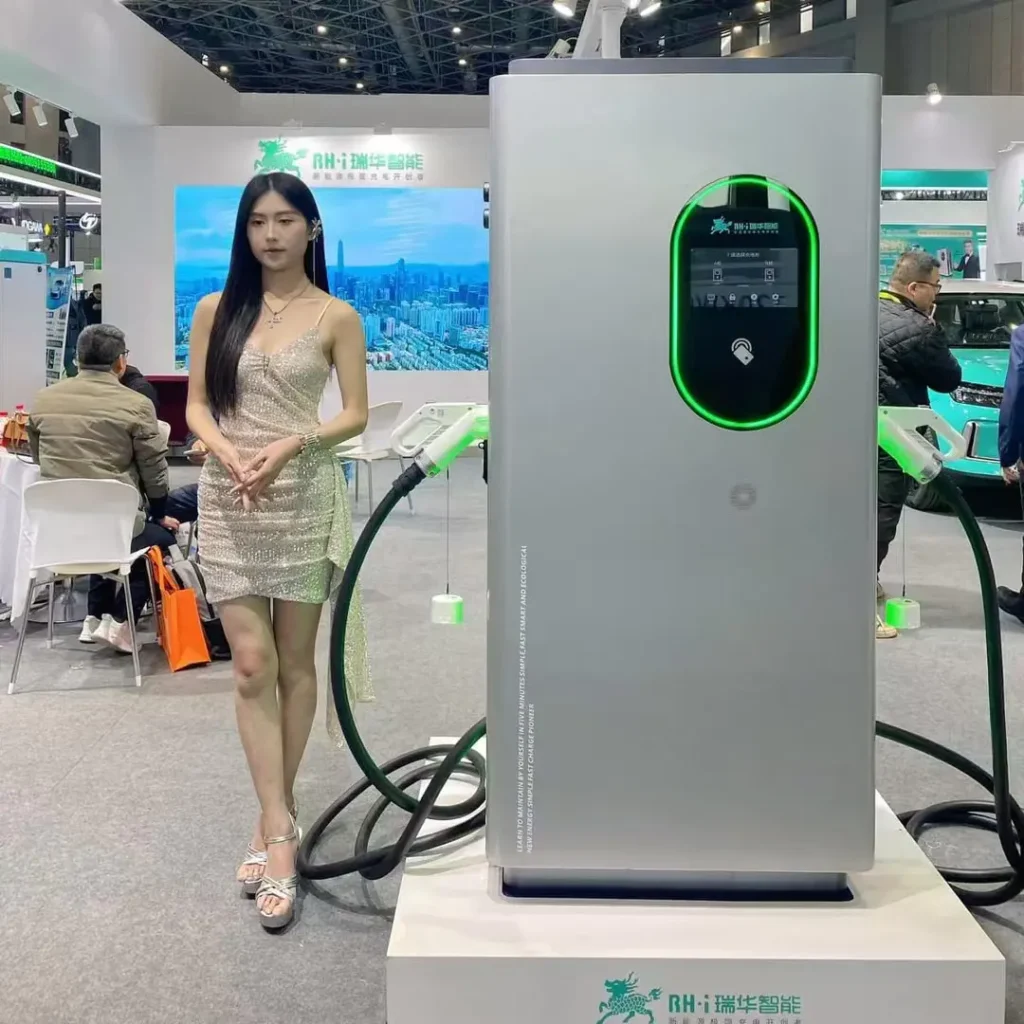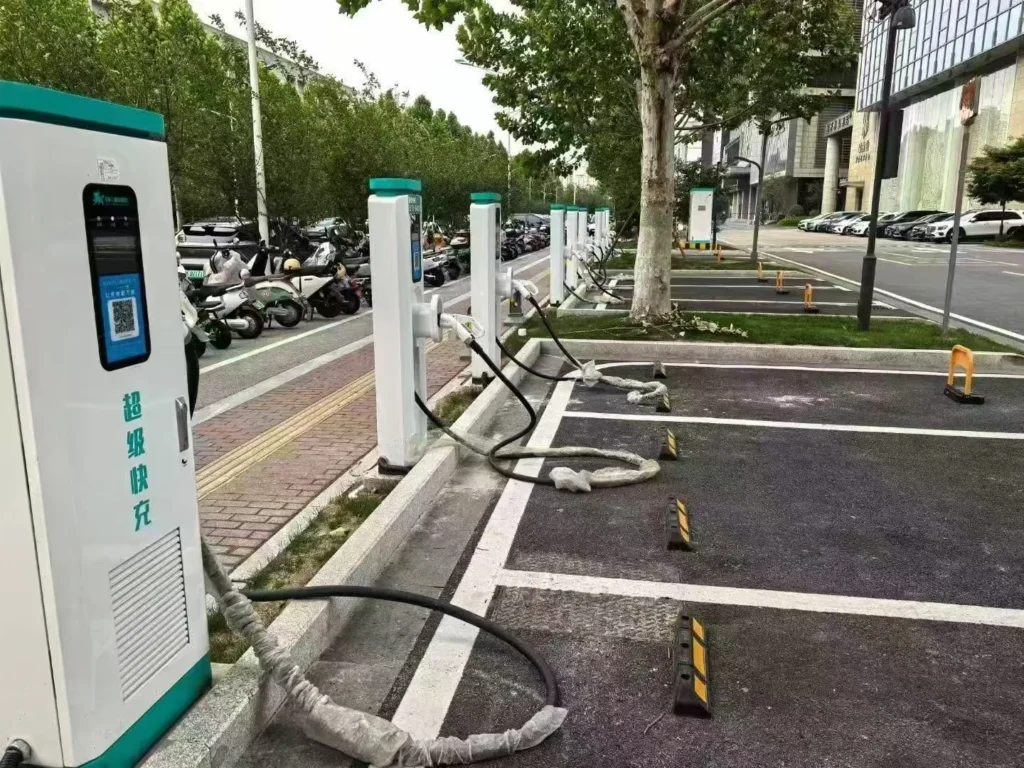11kW EV Charger, Home AC Car Charger
The 11kW EV Charger is the perfect solution for private homes and personal car parks, offering fast and efficient charging for electric vehicles. Designed with a maximum output current of 32A, this three-phase AC charger ensures a rapid charging experience, significantly reducing charging time compared to standard options.
Available in three power configurations—7kW, 11kW, and 22kW—this charger caters to different charging needs, providing flexibility and reliability. It is CE certified in accordance with EN IEC61851-1:2019 and EN IEC61851-21-2:2018, ensuring top-tier safety and quality standards.
Ideal for residential use, the 11kW Smart Home EV Charger combines cutting-edge technology with user-friendly features, making it easy to manage and monitor your EV charging. Upgrade to a smarter, more efficient way to charge your electric vehicle at home.
11kW Home EV Charger Specification
| Model | RHAC07K-X | RHAC11K-X | RHAC21K-X | ||
| Application | Residental / Commercial | ||||
| Voltage and Wiring | Single Phase 230V | Three Phase 400V | Three Phase 400V | ||
| Frequency | 50/60 Hz | ||||
| Maximum Current | 32A | 3*16A | 3*32A | ||
| Rate Power | 7KW | 11KW | 21KW | ||
| Charge Connector | Type-2 Socket or Type-2 Tethered 5m | ||||
| RCD | 30mA AC & 6mA DC | ||||
| Electrical Protecton | Over current, Under voltage,Over voltage, Over temperature,Surge protecton, Short circuit, Ground fault | ||||
| Indicatons | Green/blue/Red | ||||
| Network Connectvity | Ethernet, WLAN, Celluar | ||||
| RFID | MifareISO/IEC14443A | ||||
| Display | 4.3 inch LCD | ||||
| Data Protocol | OCPP1.6J, OCPP2.0.1 | ||||
| DLB | Dynamic Load Balancing | ||||
| Operaton Temp. | -30 °C ~ 50 °C / -22 °F ~ 122 °F | ||||
| Storage Temp. | -40 °C ~ 70 °C / -40 °F ~ 158 °F | ||||
| Working Humidity | 5%~95% without condensaton | ||||
| Mountng Type | Wall Mount (default) / Floor post (optonal accessory) | ||||
| Ingress Protecton | IP65 | ||||
| Dimension | 350*250*122 mm (H*W*D) | ||||
| Carton Dimension | 440*400*190 mm (L*W*H) | ||||
| Net Weight | 6.5 kg | 7.5 kg | 9.5 kg | ||
| Gross Weight | 9.5 kg | 8.5 kg | 10.5 k | ||
| External Package | Carton | ||||
| Certfication | CE, IEC 61851-1, IEC 62196-2 | ||||
OCPP EV Charging Solutions – Flexible, Reliable, and Future-Ready
Our OCPP EV Charging Solutions are designed to meet the diverse needs of electric vehicle owners, offering both AC and DC chargers with cutting-edge features. Whether for home, commercial, or public charging stations, we provide reliable, scalable, and flexible options to support the growing EV market.
- Smart AC Chargers: Available in 7kW, 11kW, and 22kW configurations, our OCPP-compliant AC chargers are ideal for residential and commercial use, providing efficient and safe charging.
- High-Power DC Chargers: Choose from our powerful 60kW, 90kW, 120kW, 150kW, and 180kW DC chargers to meet the needs of high-traffic locations, offering fast charging for electric vehicles on the go.
Our chargers support OCPP 1.6J and OCPP 2.0.1 full profile, ensuring compatibility with various network management systems and offering enhanced monitoring, control, and remote diagnostics.
Upgrade your EV charging infrastructure with our OCPP-enabled solutions, built to provide optimal performance and future-proof capabilities for your business or home.

11kw Home EV Charger Key Features
♦ Versatile Compatibility: This 11kW Type 2 Electric Vehicle Car Charger Station For Home is compatible with a wide range of electric vehicle models, making it a versatile choice for all EV owners.
♦ Fast and Efficient Charging: The 11kW EV Car Charger offers lightning-fast charging speeds, ensuring your electric vehicle is ready to hit the road in no time.
♦ Compact and Stylish Design: The 11kW Home EV Charger features a sleek and compact design, blending seamlessly with your home’s aesthetics.
♦ Smart Charging: Our 11kW Smart Home EV Charger incorporates smart technology, allowing you to remotely monitor and control your charging sessions via a user-friendly app.
♦ Easy Installation: Installing the 11KW TYPE 2 EV CHARGER is a breeze, thanks to its user-friendly setup that ensures hassle-free integration into your home.
♦ Safety First: Safety is our priority, and the 11kW AC Charger is equipped with advanced safety features, including over-voltage and over-current protection.
11kw Smart Home Ev Charger Main Function
1. Intelligently examine if the charging connector is properly connected, It will immediately stop the output to ensure safety when the charging connector is abnormally disconnected.
2. Intelligent Self-Inspection, Intelligent Charging
3. Over voltage and Under voltage protection function. It will automatically cut off the charging power supply while issuing an alarm signal.
4. Short-Circuit, Leakage protection, Lightning protection function
5. Support for various of charging methods: such as scanning code, swiping card, inserting guns for chargin
6. Intelligent networking and re-connection function while offline
7. Support 4.3 inches color display function.
A Guide to 11kW EV Chargers
• 11kW EV chargers charge nearly 60% faster than 7kW chargers and provide approximately 38-40 miles of range per hour.
• 11kW EV chargers require a three-phase electricity supply and cannot be installed on single-phase properties.
• Consider your electric vehicle’s maximum onboard charging rate before deciding to invest in an 11kW home EV charger – it may not be able to accept an 11kW charging rate.
• Electric vehicles such as Audi e-tron, BMW i3, Mercedes-Benz EQC, Porsche Taycan, Renault Zoe, and some Tesla models can charge at 11kW.
• The installation cost of an 11kW EV charger is higher than a 7kW charger, and it varies based on factors such as electrical infrastructure, charging station equipment, labour, and additional upgrades.
• Precautions
1. Please read the product manual carefully before using this device, and operate according to the instructions in the manual.
2. This product should not be installed in places with flammable and explosive gases
3. Before use, it must be confirmed that the installation of each line is normal and firm, and it is reliably grounded
4. Be careful when plugging and unplugging the charging gun and cable, and do not use too much force
5. When card swiping operation starts and stops charging, card can be removed after hearing “beep” sound from charging pile, otherwise operation may fail.
Related Products
7kw Home Charger, Single Phase EV Charger
Protection level: IP54
Number of guns: single gun design
Charging interface: CCS2, CHAdeMO, GB/T, etc.
11kW EV Charger, Home AC Car Charger
Protection level: IP54
Number of guns: single/dual gun design
Charging interface: CCS2, CHAdeMO, GB/T, etc.
19.2 KW EV Charger, AC Home Charger
Protection level: IP54
Number of guns: single gun design
Charging interface: CCS2, CHAdeMO, GB/T, etc.
Home 22kw EV Charger, AC Charging
Protection level: IP54
Number of guns: single gun design
Charging interface: CCS2, CHAdeMO, GB/T, etc.

